long trip
14 days Western Uganda birding and wildlife tour
This 14 days Uganda birding and wildlife tour focuses on the western region of the country which is a hotbed of biodiversity. At the center of the biodiversity is the Albertine rift which runs along the western border of Uganda. The Albertine rift is an excellent birding destination as it harbors endemic bird species with 25 recorded in Uganda. The western region is also where the East African savannah meets the jungles of the Central Africa therefore giving you a chance to see species of the Central Africa that cannot be seen anywhere in East Africa.
If you are coming for a birding trip through East Africa and would like to add Uganda to your itinerary then this 14 day birding and wildlife tour is your ideal package

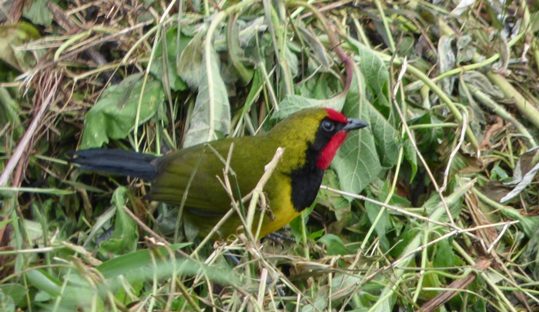

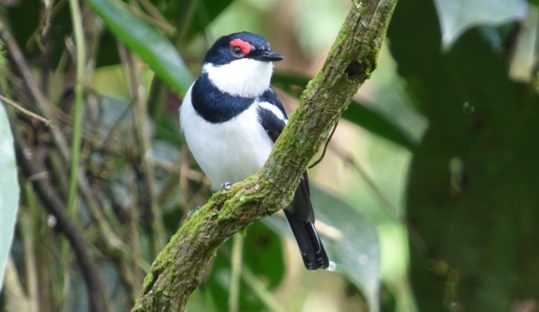
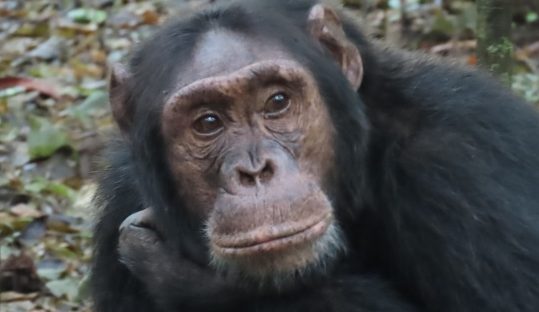
Tour itinerary
Today you shall arrive in Uganda via Entebbe International Airport and you will spend the day relaxing away at your hotel in Entebbe.
In case of a morning arrival in Uganda, you can go for an evening birding in the Botanical Gardens in Entebbe.
Accommodation options:
Budget: Boma Hotel
Midrange: 2 Friends Beach Hotel
Meal plan: Lunch, Dinner
After early breakfast you will drive to Semuliki National Park. The drive time from Entebbe/Kampala to Semuliki is about 7 hours. Semuliki National Park is situated on the border with the Democratic Republic of Congo and protects the easternmost extension of the Ituri Forest of the Congo Basin. Semuliki National Park brings central African species into East Africa.
Accommodation options to choose from:
Budget: Uganda Wildlife Authority Bandas
Upmarket: Semuliki Safari Lodge
Meal plan: Breakfast, Lunch, Dinner
Early set out for birding in Semuliki National Park. You will spend much time on Kirumia trail which is the most popular birding trail in Semliki National Park.
In the evening you shall transfer to Kibale National Park for overnight.
Accommodation options:
Budget: Kibale Forest Camp
Upmarket: Turaco Treetops
Meal plan: Breakfast, Lunch, Dinner
Today you will set off for a half day of birding in Kibale forest and top on the list of the birds to look for is the elusive Green-breasted Pitta.
In afternoon you shall go birding in the Bigodi swamp. Bigodi swamp is situated on the edge of Kibale forest.
Meal plan: Breakfast, Lunch, Dinner
Today you shall go for the chimpanzee tracking adventure in Kibale National Park. With a chimpanzee population of about 1500 chimps, which is the highest of any park in Uganda, Kibale National Park is the number one destination for chimpanzee trekking in Uganda. After briefing by the park guides at about 7.30am you shall go into the forest to track a community of of habituated chimps.
After you have returned from the chimpanzee trekking in Kibale National Park you shall have lunch and later may continue with birding in Kibale forest or Bigodi Swamp.
Meal plan: Breakfast, Lunch, Dinner
After productive birding in the lowland forests of Semuliki and Kibale you will now head to Queen Elizabeth National Park, a beautiful savanna park. Depart from Kibale after your breakfast at about 8am and transfer to Queen Elizabeth National Park which is about 3 hours of drive. After settling in and having lunch you will go for a drive in the park for birding and animal watching.
Optional: night safari for nocturnal species (nightjars and owls)
Accommodation options:
Budget: Bush Lodge
Midrange: Kasenyi Safari Camp
Meal plan: Breakfast, Lunch, Dinner
Early rise and set out for an early morning drive in the beautiful savanna plains for birding and game viewing.
After lunch you shall go for the boat ride on the Kazinga Channel which will expose you to an array of water birds and animals such as Hippos and Crocodiles
Meal plan: Breakfast, Lunch, Dinner
After breakfast you shall transfer to Bwindi National Park while birding along the way. You shall drive through the Ishasha plains which is famous for the tree-climbing lions.
Accommodation options:
Budget: Buhoma Community Rest Camp
Midrange: Buhoma Haven Lodge
Meal plan: Breakfast, Lunch, Dinner
Today you will spend the day birding in Bwindi National Park, particularly the Buhoma sector. Bwindi National Park protects a mountain forest which harbors 24 out of the 25 Albertine rift endemic birds in Uganda. Today top on our list of Albertine rift endemics will be the Short-tailed Warbler.
Meal plan: Breakfast, Lunch, Dinner
Today you shall go for the gorilla tracking in Bwindi National Park. You will transfer to the park office at 7am to meet the park guides for briefing and allocation of the gorilla groups before setting off into the jungle to search for the gorillas. The gorillas are endemic to the Albertine rift and close to half of their population is in Bwindi National Park.
After gorillas experience you shall spend the rest of the day relaxing away at the lodge.
Meal plan: Breakfast, Lunch, Dinner
After breakfast you shall go birding through the “Neck” on your way to the Ruhija sector of Bwindi National Park. This is section offers excellent views of birds.
Accommodation options:
Budget: Broadbill Forest Camp
Midrange: Gorilla Mist Camp
Meal plan: Breakfast, Lunch, Dinner
Today is another day spent birding in Bwindi National Park. You will go birding in Mubwindi Swamp which is the popular spot for the African Green Broadbill, one of the most sought after Albertine Rift Endemic in Bwindi.
Meal plan: Breakfast, Lunch, Dinner
After early breakfast you shall transfer to Lake Mburo National Park. This is the smallest savanna park in Uganda and can offer great birding and animal watching opportunities. After settling in at the lodge you shall later go for birding in the beautiful savannah and acacia thickets.
Accommodation options:
Budget: Leopard Rest Camp
Midrange: Rwakobo Rock
Meal plan: Breakfast, Lunch, Dinner
Today you shall set out for an early morning boat ride on Lake Mburo which is the biggest lake in the park. Top on the list of the birds to see is the African Finfoot which is a special of Lake Mburo National Park. You will then have breakfast and depart for Entebbe airport to catch your flight or overnight in Entebbe
Meal plan: Breakfast, Lunch
Trips includes/excludes
- Tour car and tour driver driver/guide
- Professional bird guide (may double as driver)
- All meals
- Accommodation
- Gorilla tracking permit ($800)
- Chimpanzee tracking permit
- All activities in the itinerary
- Drinking water
- Optional activities
- Visa fees
- Personal insurance
- Airfares
- Tips
- All personal expenses such as laundry, phone bills, curio purchases
How to prepare for your gorilla and birding tour
- Book and confirm your tour well in advance because the limited gorilla and chimpanzee permits/tickets mean you can miss out on your preferred dates
- Get into good fitness and prepare for a longer trek and to enable you enjoy the hike
- Ensure you are free from contagious diseases such as cough and flue which can easily be transmitted to the gorillas since they share 98% DNA with humans. Otherwise if you are found to have any of these you shall not be allowed to do the gorilla trek
- Essential items to bring for the trek include: binoculars, good hiking shoes, long pants and long-sleeved shirt, rain jacket or poncho, insect repellent, sunscreen, gaiter, cap, and small backpack.
Related Trips
 28 days hardcore birding tour in Uganda
28 days hardcore birding tour in Uganda
 8 days Uganda birding and gorilla tour (Lake Mburo & Bwindi forest parks)
8 days Uganda birding and gorilla tour (Lake Mburo & Bwindi forest parks)
 4 days Lake Mburo wildlife and Bwindi gorillas safari
4 days Lake Mburo wildlife and Bwindi gorillas safari
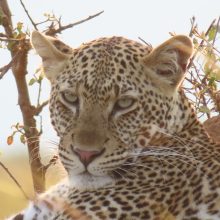 7 days Uganda gorillas, chimpanzees and wildlife safari
7 days Uganda gorillas, chimpanzees and wildlife safari
 12 Days best of Uganda safari
12 Days best of Uganda safari
 27 days ultimate Uganda safari and adventure vacation
27 days ultimate Uganda safari and adventure vacation
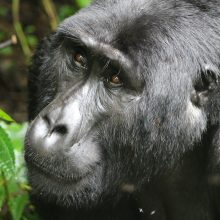 3 days Uganda gorilla tracking trip to Bwindi National Park
3 days Uganda gorilla tracking trip to Bwindi National Park
 5 days double gorilla trekking trip to Bwindi and Mgahinga
5 days double gorilla trekking trip to Bwindi and Mgahinga





